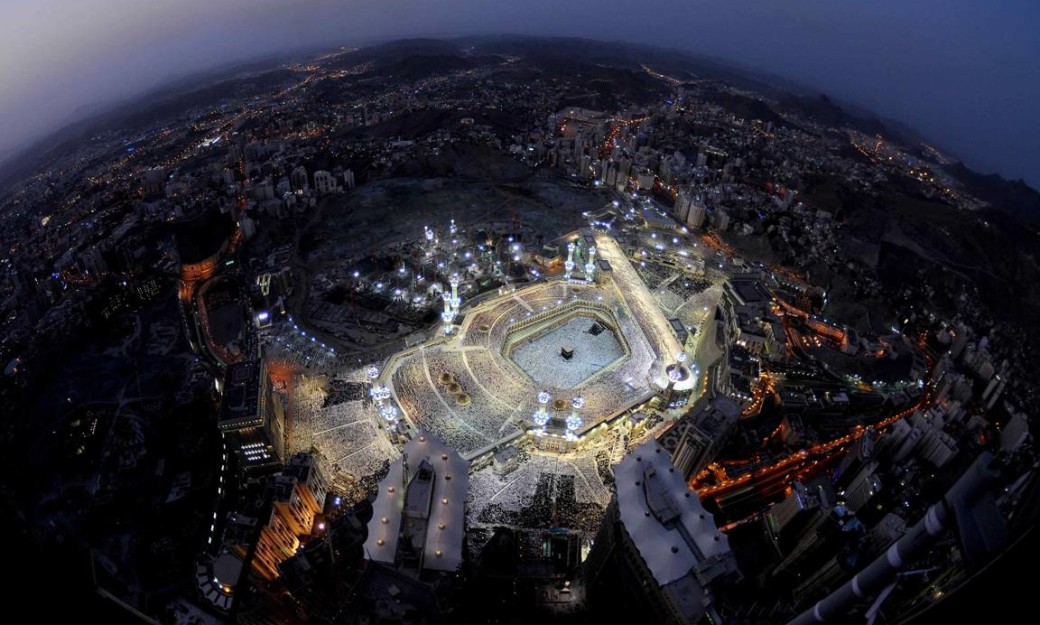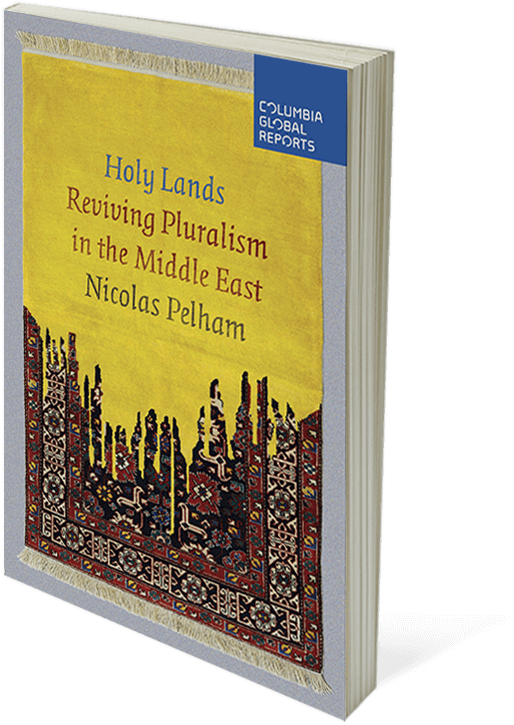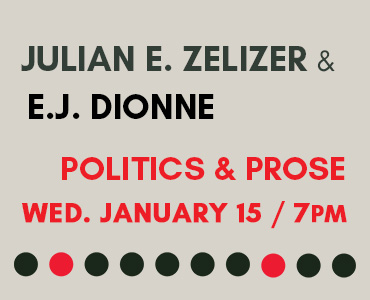The Rise of the Muslim Middle Class

In 1979, when armed jihadis seized the Grand Mosque at Mecca and killed well over a hundred worshippers, the high-drama narrative didn’t make the splash you might expect. It was, as one scholar put it, “the age before Al-Jazeera,” and the Saudi authorities saw no reason to allow negative news coverage of the pilgrimage that today brings in $6 billion a year.
These days, keeping the lid on such a mass tragedy simply isn’t possible, and within minutes of the stampede that killed upwards of 700 people at Mecca last week, Twitter was awash in gruesome pictures. The tragedy reinforced an image of bedlam at the Islamic holy site, which has been witness to triple-digit casualties every few years for decades now: stampedes in 2006 and 2004; a fire in 1997; a deadly clash with police in 1987; an industrial explosion in 1975. Just days before last week’s stampede, 109 people were killed by a crane that collapsed while adding square footage to the Grand Mosque, an expansion that will almost double the building’s capacity.
 The elbow room is sorely needed. The number of yearly hajj visitors has skyrocketed in the last 20 years, from just over a million in the mid 1990s to more than two million today. People think of Mecca as a religious shrine. But it’s really a city, with schools, hospitals, highways, transit systems, a mayor, and over a million residents. And just like many cities in the Persian Gulf, its construction boom is breathtaking. Right now the largest hotel in the world, the Abraj Kudai, is rising high above the minarets. At a cost of $3.5 billion, it will have 12 towers, 70 restaurants, and 10,000 luxury rooms. The world’s third-tallest building, a hotel with $6,000-a-night suites, already looms over the holy site.
The elbow room is sorely needed. The number of yearly hajj visitors has skyrocketed in the last 20 years, from just over a million in the mid 1990s to more than two million today. People think of Mecca as a religious shrine. But it’s really a city, with schools, hospitals, highways, transit systems, a mayor, and over a million residents. And just like many cities in the Persian Gulf, its construction boom is breathtaking. Right now the largest hotel in the world, the Abraj Kudai, is rising high above the minarets. At a cost of $3.5 billion, it will have 12 towers, 70 restaurants, and 10,000 luxury rooms. The world’s third-tallest building, a hotel with $6,000-a-night suites, already looms over the holy site.
The surge in visitors to Mecca—and the corresponding number of places to house them—isn’t so much a reflection of the growth of Islam (though it will soon be the world’s largest religion) as it is a byproduct of a burgeoning Muslim middle class, whose discretionary expenditures are, by one projection, expected to reach a cool $4 trillion by the end of the decade. In his book The Rise of Islamic Capitalism, Vali Nasr describes this growing demographic as “both pious and materialistic”—an ideal consumer base for Mecca’s top-market hotels and restaurants. They’re part of the reason the Middle East is seeing the world’s fastest growth in air-passenger traffic, and why preservationists are griping that the Islamic holy city is turning into “Mecca-hattan.”
Manhattan is an interesting comparison. As a place where a small number of ultra-rich residents skew the average income upward, the New York borough resembles the oil-producing Arab states, which, while not particularly unequal across the board, are places where a few billionaires control a much larger portion of the wealth than billionaires living in similarly developed countries. According to the Brookings Institution, oil-rich autocracies account for 8 percent of hidden global wealth, a large share of which “belongs to Arab citizens with connections to the ruling elites.”
It’s this super-wealthy upper class that will occupy the top floors of the hotels like Abraj Kudai, and the ballooning middle class that will fill out the rooms below them. But the glitzy towers and rooftop infinity pools mask the limits of Mecca’s infrastructure, which is always just barely keeping up with the crowds. The Saudi government has invested heavily in expansion projects to accommodate the growing number of visitors, but many of these projects have been aimed at adding capacity, which could encourage even more Muslims to make the pilgrimage. It stands to reason that without shoring up Mecca’s already stretched amenities, drawing ever larger crowds will lead to deadlier accidents.
The Saudi kingdom, to its credit, has made some efforts to address this, but its safety upgrades are usually in response to a horrific disaster, like the fireproof tent city it built after a blaze killed 343 worshippers. It could certainly do more if it wanted to, and the most pressing needs are fairly blatant—the emergency hospital closest to the Grand Mosque, for instance, has only 52 beds.
Will Doig is a freelance writer in New York City.

